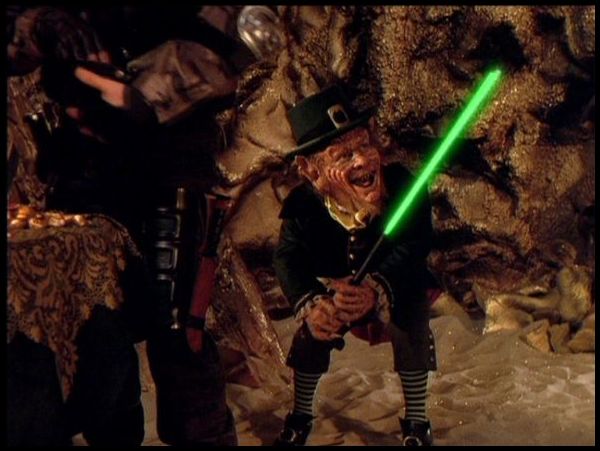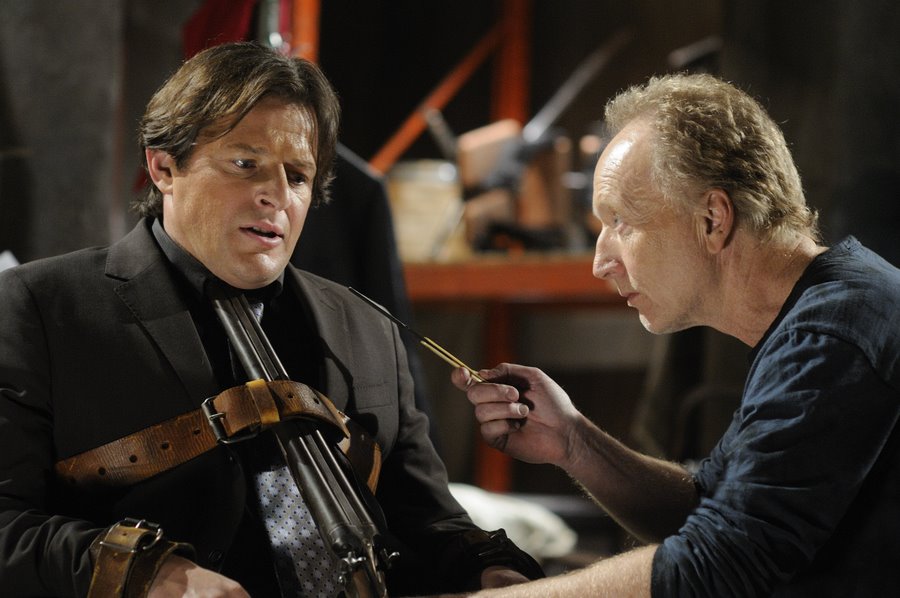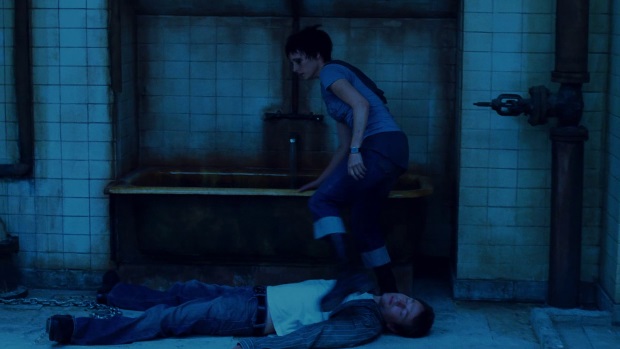Major Spoilers for the Entire Series
There’s a common trend among many slasher franchises. They’ll begin with a horror classic that fans love to this day, and then the studio will pump out sequel after sequel, which will usually diminish in quality. And before you know, it leads to ridiculously laughable plots like Jason in space (Jason X), Michael Myers fighting a rapper on a reality web show (Halloween: Resurrection), and of course Chucky impregnating Jennifer Tilly in Hollywood (Seed of Chucky).

The problem is, there’s always a drive to keep the story going and eventually, the writers run out of ideas. It is in this regard, that the Saw series is wholly different. Between its devotion to continuity, and its ability to weave one large detailed story, it is by far the best overall slasher franchise in history.
A Unique Villain
Most horror villains, particularly slasher ones, kill out of their own joy/revenge like Freddy Krueger, or because they are the shape of evil itself, like Michael Myers. John Kramer (which he prefers to be called over “Jigsaw”), on the other hand never directly kills anyone. Instead, he puts them into “tests” to see if they have the necessary survival instinct. They are usually chosen because they have failed to appreciate the gift of life they have, unlike Kramer, who is dying of cancer.

What makes him so unique however, is that he actually doesn’t want them to die. He would much rather see them succeed in their test and walk away, having changed their perspective. He sees what he’s doing as a great help to them. Kramer never underestimates the value of human life. In Saw VI, when Hoffman is roughly handling an unconscious test subject, Kramer scolds him, saying, “Do you like the way brutality feels? That’s a human being.” And he takes absolutely no pleasure in the violence of it all. To him, his work is noble and must be handled with solemnity.

One Long Continuous Story
For the most part, slasher sequels contain an opening scene where the survivor(s) of the last film are killed, and then the slate is wiped clean for a new protagonist, and it goes from there. It’s easy to pick up any installment of any other series and it will be easy to understand and follow without having seen the previous films. Yet from the beginning, Saw has always been one long continuity. We get character arcs that span multiple films such as Amanda from Saw–Saw III, Rigg from Saw II–Saw IV, Strahm from Saw IV–Saw V, and Hoffman from Saw III–Saw VII.

Their actions in certain films always have bearing on what happens in future sequels. And there is always information revealed in later films that explains the background of earlier ones. In a strange way, the Saw series approached its storytelling like that a TV series with his long form style. What began in the first film continued and was wrapped up in the final one (we’re not counting 2017’s semi-reboot Jigsaw). Rather than cringe every time another sequel was announced, fans were excited because they wanted to see how the story would continue.
Horror with Morals
It’s no secret that there was a thinly veiled moral code concealed in many popular 80’s slashers. It was always the teenager that didn’t drink alcohol, use drugs, or have premarital sex that ended up besting the killer in the final act. But Saw has always gone much deeper than these cautionary tales trying to keep teenagers from misbehaving. Instead, these films are infused with life lessons that can be pretty profound. Even the entire basis of Kramer’s work is the fact that he feels like people don’t appreciate their lives. How many of us in society simply drift by without ever truly contemplating or being thankful for everything that we have?

And it didn’t end there. Saw II sought to teach the importance of patience as all Detective Matthews had to do was sit and talk with Kramer, and eventually he would have been reunited with his son. In Saw III, all Amanda had to do was appreciate the value of human life, and had Jeff been capable of forgiveness, he would have survived. Saw IV taught Rigg (and the audience) the hard truth that no matter how much we may want to help someone, they must first want to be helped and take that first step themself. Saw V saw a group of people who despised each other having to work together for the common goal of survival. Saw VI exposed the many flaws in the healthcare industry, and Saw VII dealt with the importance of honesty.
It’s easy to quickly dismiss the series as “torture porn” due to its excessive gore. And admittedly, the gore did escalate a great deal as the series went on, mostly due to fan demand. But that still doesn’t what the films were trying to say. Hostel contained immense gore as well, but had none of these morals or greater themes to complement it. It’s what sets the Saw series apart from not only ever other slasher, but every other horror franchise as well.




